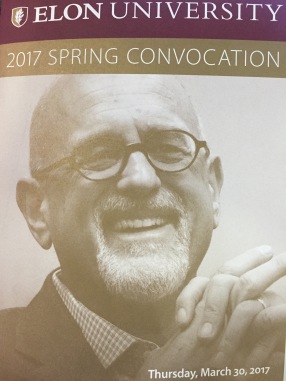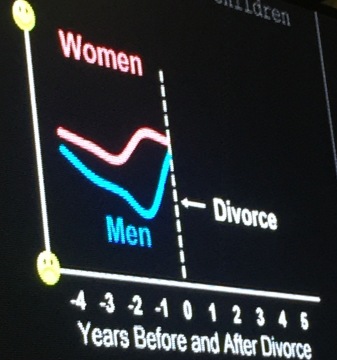by Mariah Posey | April 2, 2017
Mark Harris is a 22-year-old self-taught fitness motivator from Chapel Hill, North Carolina with more than 4,500 Instagram followers. He shares videos of his workout transformations as well as words of encouragement with his followers.

Photo courtesy of Mark Harris

Photo courtesy of Mark Harris
There’s one golden key to life whether pursuing happiness or any other achievable fulfillment and Will Smith said it best in the movie “Pursuit of Happyness”: if you want something, go get it. Period. At just 22-years-old, fitness motivator Mark Harris has become the champion of his own career by making his goals a priority and checking things off the list as he goes.
With a current Instagram following of more than 4,500 people with whom he shares motivational posts tracking his fitness journey, Harris aims to show people that failure is essential to any success story and that anyone willing to work is capable of succeeding.
“I’m a huge believer in if you want it, you’ll make time for it,” Harris said. “If it’s truly your passion, without any busts or doubts, you will make time for it at the end of the day.”
From skinny to built: figuring out what works
Harris began making time for what he wanted two years ago when he decided to start living a healthier lifestyle. Being the only one in his family to take a strong interest in fitness at the time, he was left to figure out the specifics on his own which he described as a “nerve-wracking” process.
 “It didn’t take me til’ recently to figure things out, like eight months ago, when I really started to conduct my own studies and research what workouts work best, what benefits what muscle groups and whatever,” he said. “That’s when I really started to crack it down. I guess from failure, from trying this workout and that workout, that’s what kept me going.”
“It didn’t take me til’ recently to figure things out, like eight months ago, when I really started to conduct my own studies and research what workouts work best, what benefits what muscle groups and whatever,” he said. “That’s when I really started to crack it down. I guess from failure, from trying this workout and that workout, that’s what kept me going.”
Knowing that everyone’s body performed differently, it was important for Harris to learn what worked best for him. He said although genetics play a role, strong work ethic can also yield results.
“Some people have great genetics so therefore, they work a certain muscle group,” he said. “Of course, they’re going to be able to grow faster, develop faster, get better results. And then there’s the other people who really have to work twice, even 10 times as hard, as the other person who has great genetics.
“That’s why I kept doing the transformations. It’s to show people that I basically came from nothing — skinny guy running track — to I guess a bodybuilding motivator now.”
Finding a balance between work and play

Photo by Caroline Brehman | Mark Harris at Elon University.
Harris says true passions require sacrifice, and as a member of the U.S. Air Force deployed in the Middle East, he is no stranger to the practice.
“Even though you have to sacrifice other things that are less important to you, you’re still going to do what your passion is at the end of the day,” Harris said. “Of course I run into lack of sleep, oh I miss this meal, that meal, but I’m so prioritized on what I want to do. People call it selfish, but it’s my passion so I don’t think that’s selfish whatsoever.”
Harris believes in the value of working hard and said slacking is not one of his cups of tea.
“I’m not a believer in kind of wanting things,” he said. “You either want it or you don’t.”
He says the best way to stay positive about what you’re doing is to not sweat the small things.
“There’s somebody out there that’s in a way worse situation than you’re in and I always think about that all the time,” he said. “Especially me being on this deployment, I’ve seen some really interesting things that’s just made me value my place in life. Valuing my opportunities, valuing my blessings. It’s really a humbling feeling.”
Although Harris has run into days where he doesn’t feel the most motivated, he makes it a point to remind himself of his purpose.
“I just consistently remind myself of what I am doing this for, how far I’ve came,” he said. “If I stop now and make excuses, how far is it going to set me up in the future? If I stop now, then I’ve basically settled. Settling is always not good, no matter which way you look at it.”
Using social media as a tool
Once Harris began seeing progress he was comfortable with, he realized he could use his results to inspire others through his Instagram account. He says the response he got was shocking.
“I had no clue that I had this many people supporting me,” he said. “You can scroll through all the comments and people are always telling me, ‘Keep pushing, keep going.’ They have my back if I need any help. And these people don’t even work out at all, and they see me posting these transformations and they want to go out and get it themselves.”
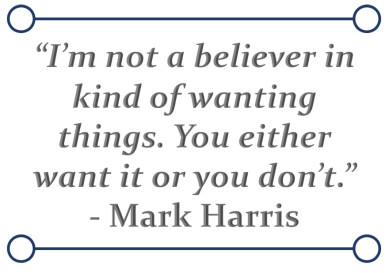 One supporter left a comment saying:
One supporter left a comment saying:
You’ve come such a long way and you are one of my very few sources of positivity and motivation. I do hope you always keep progressing in your journey and don’t ever lose that animal ambition of yours.
“I think that was my best comment,” Harris said. “Really caught me by surprise.”
With the support of his followers, Harris knew he couldn’t quit.
“People that don’t even work out keep telling me to keep going, keep pushing and that’s what makes me feel like I’m actually doing it for more of a purpose,” he said. “Because people have my back, I don’t really want to let them down.”
The opportunities Harris’s Instagram has provided him with allowed him to recognize its power along with that of other social platforms.
“People do not realize how much social media helps out and benefits you in the long run,” he said. “So many people shun social media, but social media actually helps you out tremendously.”
Working towards building a brand
Besides reaching his weight goal of 180 pounds and competing in the near future for natural bodybuilding, Harris wants to begin developing a brand within the next couple of years. Along with creating a clothing line, he hopes to someday own a gym of his own.
Larger than fitness, Harris wants his brand to promote messages of positivity. He encourages others to never quit, to hurdle their obstacles and above all, to know that “failing is acceptable, but settling isn’t.”
While uncertain of where exactly his passion will lead him next, Harris assures one thing:
“I’m just getting started.”
For fitness tips and more from Mark, visit his YouTube here.
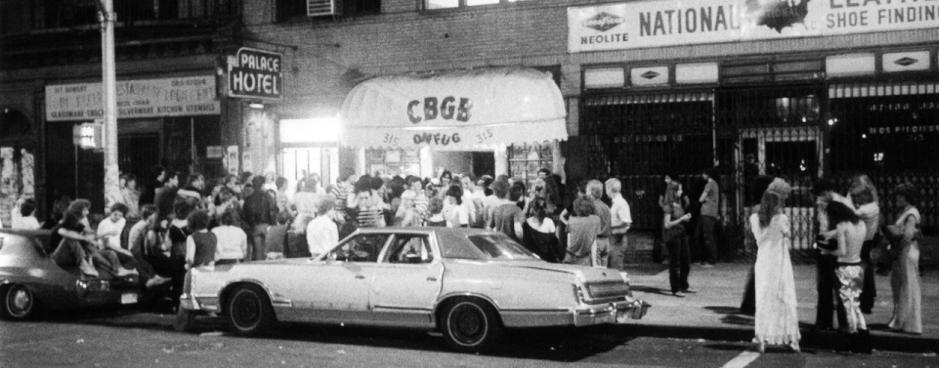









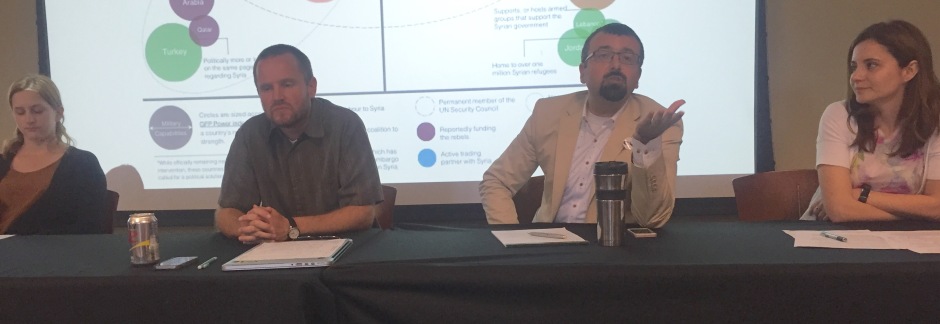
 “My family and I were actually glued to the TV,” said Haya Ajjan, associate professor of management information systems, speaking of when news broke last Thursday night. Just two days before on Tuesday, news coverage focused on the chemical weapons attack in Syria that killed more than 100 people. Many blamed President Bashar al-Assad and his government, considering it a war crime against his own people.
“My family and I were actually glued to the TV,” said Haya Ajjan, associate professor of management information systems, speaking of when news broke last Thursday night. Just two days before on Tuesday, news coverage focused on the chemical weapons attack in Syria that killed more than 100 people. Many blamed President Bashar al-Assad and his government, considering it a war crime against his own people.


 “It didn’t take me til’ recently to figure things out, like eight months ago, when I really started to conduct my own studies and research what workouts work best, what benefits what muscle groups and whatever,” he said. “That’s when I really started to crack it down. I guess from failure, from trying this workout and that workout, that’s what kept me going.”
“It didn’t take me til’ recently to figure things out, like eight months ago, when I really started to conduct my own studies and research what workouts work best, what benefits what muscle groups and whatever,” he said. “That’s when I really started to crack it down. I guess from failure, from trying this workout and that workout, that’s what kept me going.”
 One supporter left a comment saying:
One supporter left a comment saying:
 When Drago was a student at Elon, he knew that internships were key. To remain focused on them, he made a piece of paper listing the different publications he could potentially work at ranking them on the level of achievability. He knew that he could work at The Burlington Times-News easily, but at the top level he listed the ones that were his dream jobs: The New York Times and the Washington Post.
When Drago was a student at Elon, he knew that internships were key. To remain focused on them, he made a piece of paper listing the different publications he could potentially work at ranking them on the level of achievability. He knew that he could work at The Burlington Times-News easily, but at the top level he listed the ones that were his dream jobs: The New York Times and the Washington Post.
